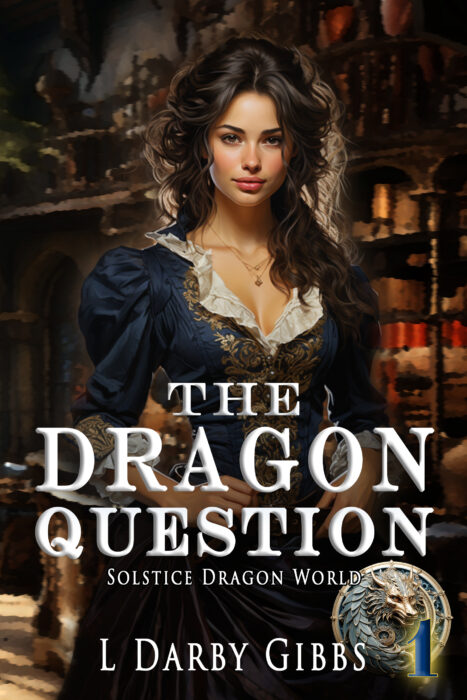Classics I was thinking about Dickens, the Brontës, and Austin vs the current writing guidelines that state one should start with the action and keep things rolling along, active or reactive. But these classic writers were outstanding providers of fine fiction and they did not follow this advice. They practiced the immersion method. Wrap the…
Tag: writing
writing metaphor: moving through the living room at night Ever walked through your house in the dark, nothing but shadows and memory to go on? I did this last night and though I know where everything lies, I also know that furniture shifts about through use, and occasional gnawed Nylabones will be just where I…
Blossoms to hold onto. It is that time of year again when everybody is writing either their New Year resolutions or their accomplishments for the past year. My thought is more along the lines of what is still present, still ongoing. So here is my New Year list post. My Labrador companion Cagney it turns…
You know that feeling: itchy fingers, voices in your head, ideas backing up, the urge to sit and type like a maniac through a scene, a tirade of dialogue, a well-strung motif? That’s where I am at, about to break out in a rash of words. But there is a hold, the ever present disruption…
My mind is full of words, but none of them are clinging to each other and the few that bump and hold together, however briefly, are whispering, and I can barely hear them over the din of all the phrases sloshing against each other in garbled conversation. It is not a creative day, not even…
What if she was real a moment ago? It is the What Ifs that writers bring into reality. What if kids had to fight to the death to earn a position in society? What if everybody was altered to fit into one of five personality types? Questions and possibilities are what we build our stories…
Multitask the process of writing Let’s face it, if you are working at a job that you enjoy and that also pays the bills and writing for publication in your free time, than multitasking is probably a necessary evil. I don’t advocate the idea of using up every moment for productive result at all times:…
Overwhelmed by stuff, use anticipation to inspire. Creativity is best when the appetite is wet. I have already said that teaching encroaches on my writing time. Remember the movie The Thing? That is the life of the English teacher: pursued by an engulfing pile of stuff. The teaching thing just eats everything up. So I…
